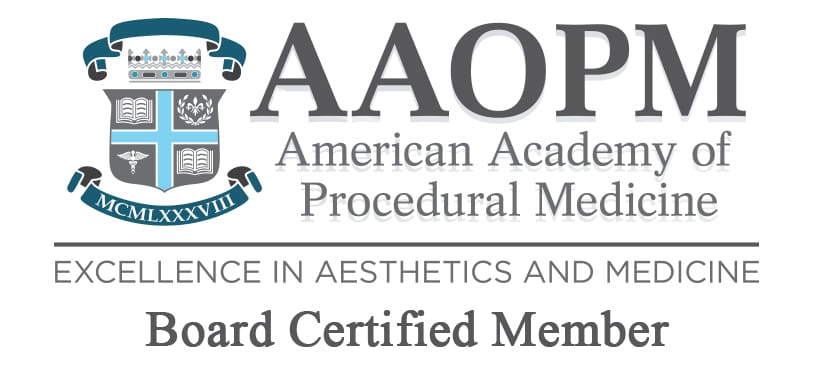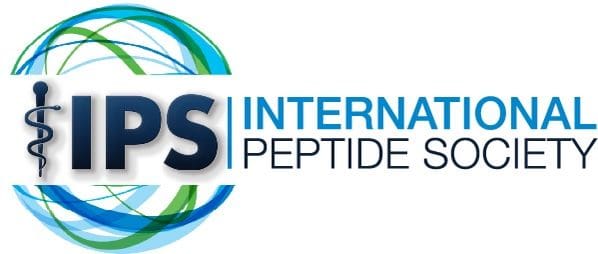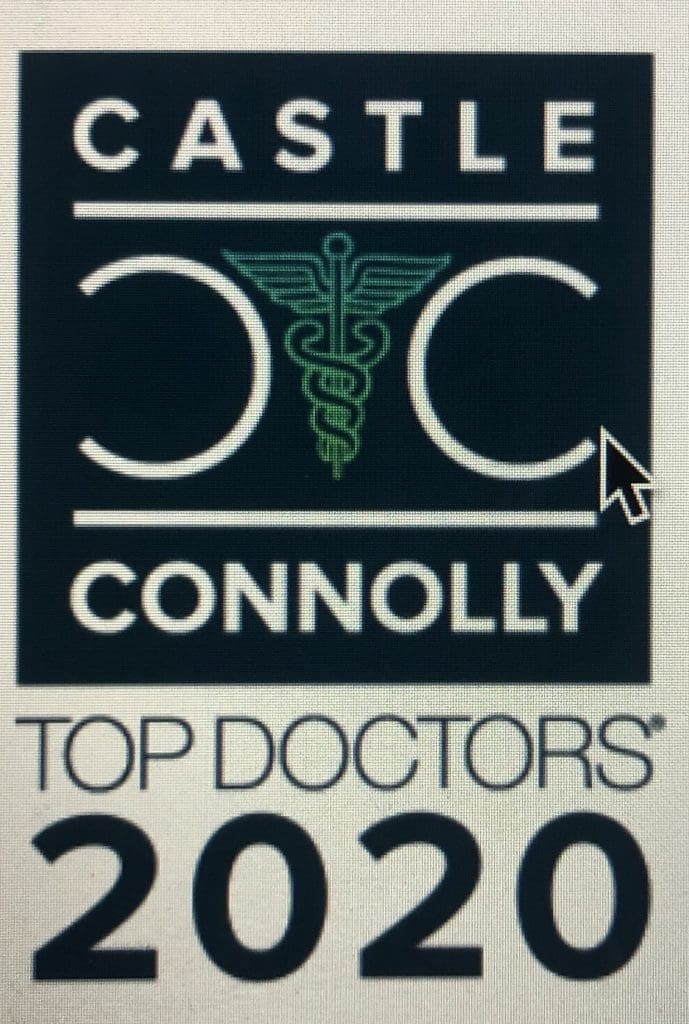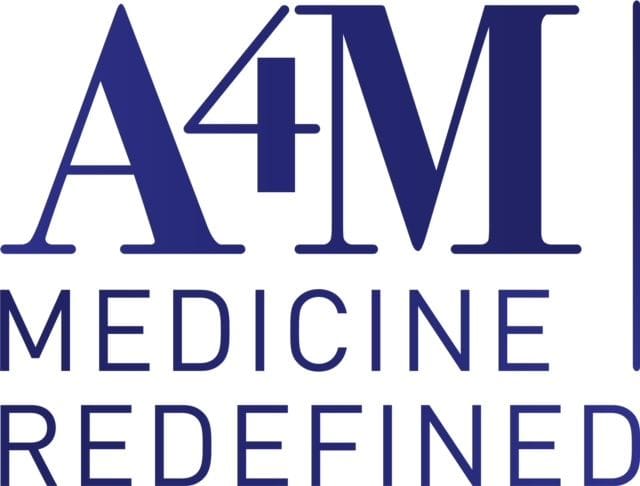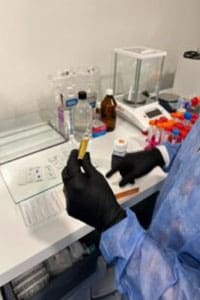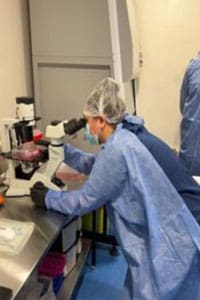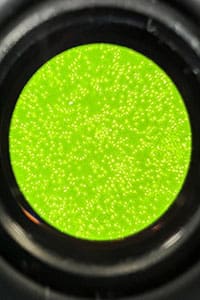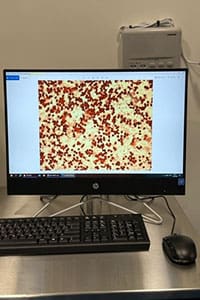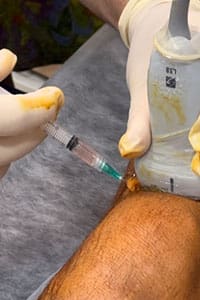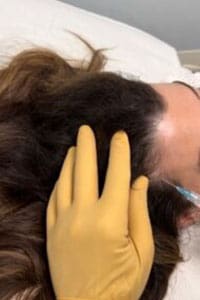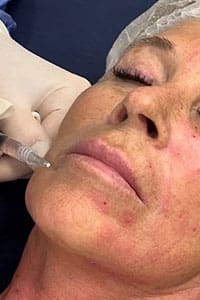Stem cell Therapy
Stem Cell Therapy
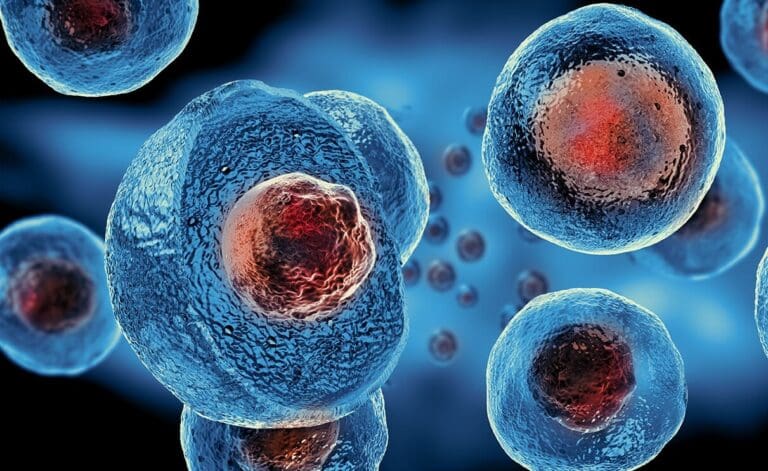
Stem cell therapy is a form of regenerative medicine designed to repair damaged cells within the body by reducing inflammation and modulating the immune system. This phenomenon makes stem cell therapy a viable treatment option for various medical conditions. Stem cell therapies have been used to treat hematologist malignancies, lymphomas, immune, autoimmune, inflammatory, neurological, cardiovascular, metabolic, ocular, skin disorders, orthopedic conditions, and traumatic injuries, with studies conducted on use for Crohn’s disease, Multiple Sclerosis, Lupus, COPD, Parkinson’s, ALS, Stroke recovery, and more.
While new stem cell therapies don’t necessarily cure these conditions, the premise is to allow the body to heal itself well enough to mitigate the symptoms of the requirements for long periods. In many cases, this effect can substantially increase the quality of life for patients as well as delay disease progression.
Several types of stem cell treatments are available, including amniotic fluid stem cell treatment and umbilical cord-derived stem cell treatment. The most common FDA-approved stem cell-based therapy is hematopoietic stem cell transplantation, which treats blood cancers like leukemia. Stem cells can also be regenerative therapy for severe skin burns and seriously damaged corneas. Stem cells, characterized by their self-renewal capacity and ability to differentiate into various cell types, hold immense potential in the field of regenerative medicine and medical research. Applications of stem cells can be broadly categorized into the following areas:
- Tissue regeneration and repair: Stem cells can be used to replace damaged or lost cells due to injury, disease, or aging. By differentiating into specialized cells, they facilitate the restoration of function in affected tissues or organs. Examples include repairing damaged heart tissue after a heart attack, regenerating cartilage in osteoarthritis, and treating spinal cord injuries.
- Drug discovery and testing: Stem cells can be utilized to create in vitro models of human tissues, enabling researchers to test the safety and efficacy of new drugs and therapies. This approach reduces the need for animal testing and provides more accurate insights into potential drug interactions with human cells.
- Disease modeling: Stem cells can be used to generate disease-specific cell lines, enabling researchers to study disease progression and identify potential therapeutic targets. This approach aids in understanding the underlying mechanisms of various genetic, neurological, and degenerative disorders.
- Gene therapy and genetic editing: Stem cells can be genetically modified to correct mutations responsible for inherited diseases. Techniques such as CRISPR-Cas9 allow researchers to edit specific genes in stem cells, which can then be reintroduced into the patient’s body to restore normal cellular function.
- Immunotherapy: Stem cells can play a role in modulating the immune system, making them valuable in treating autoimmune diseases and preventing transplant rejection. Mesenchymal stem cells, in particular, have demonstrated immune-modulatory and anti-inflammatory properties, which can be harnessed for therapeutic purposes in conditions such as multiple sclerosis, rheumatoid arthritis, and graft-versus-host disease.
- Personalized medicine: Stem cells can be used to develop patient-specific therapies, tailoring treatments to an individual’s unique genetic makeup and disease progression.
Dr. Swierczewski at Stem Cell Laboratory
Stem cells under the microscope and monitor
Dr Swierczewski works with stem cell clinics around the world that specialize in different regenerative therapies.
- Stem Cell Clearance: screen and optimize patients prior to stem cell therapy. Treating underlying disorders is essential in order to optimize stem cell treatments. By first targeting and treating the patient of any underlying infections/toxins/deficiencies you allow the stem cells to work their absolute best and deliver optimal targeted results.
- Stem cell infusion
- Targeted stem cell treatments
- Aesthetic stem cell treatments
Photographs taken by Dr. Swierczewski in clinic with real patients receiving stem cell treatments for knee injury, spinal cord lesions/injury, hair loss restoration, and face lift.
*To schedule an appointment, please call or email:
telephone: 631-283-0015
email: office@drmagdalenas.com
Teleconsultation / virtual visit available
